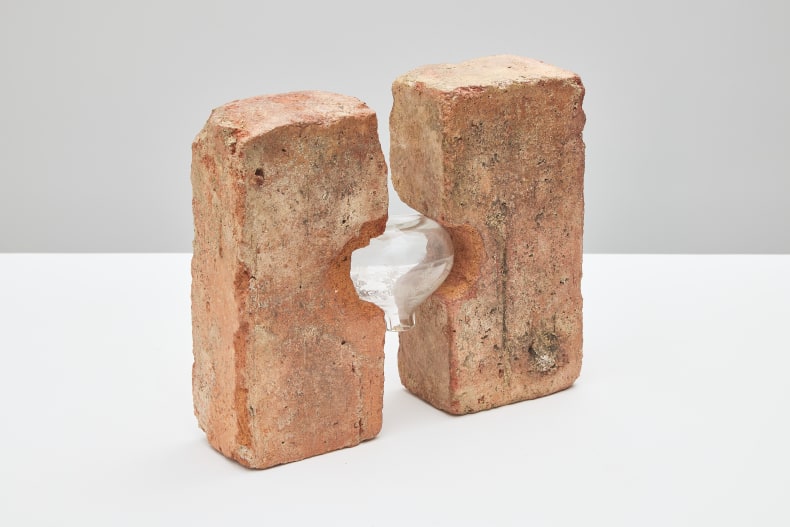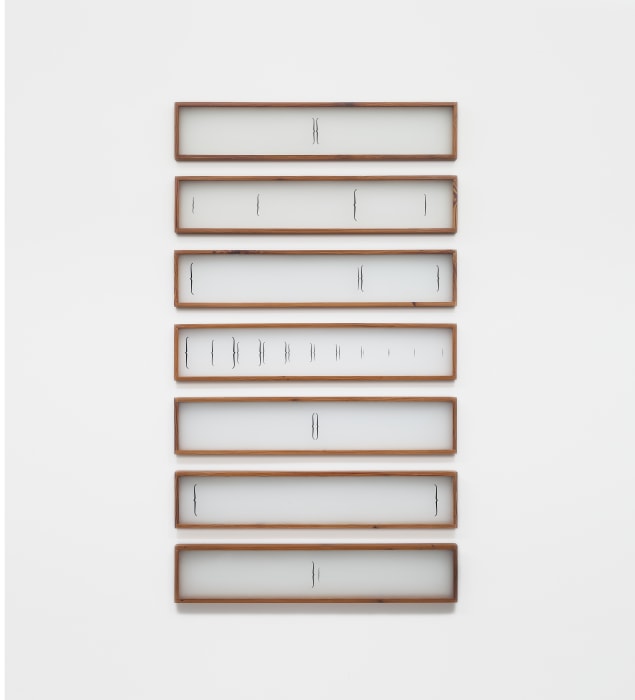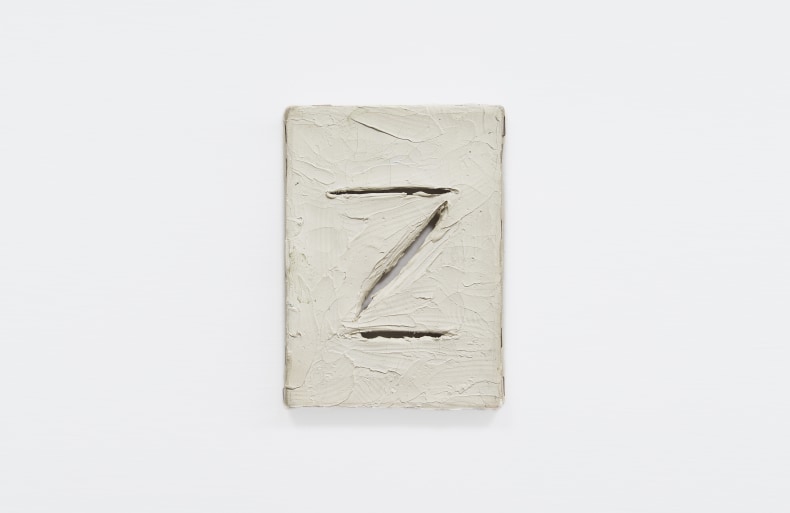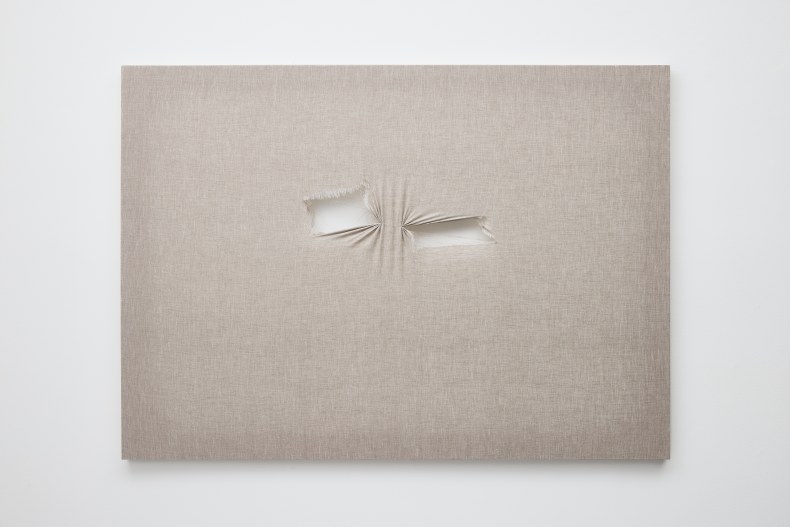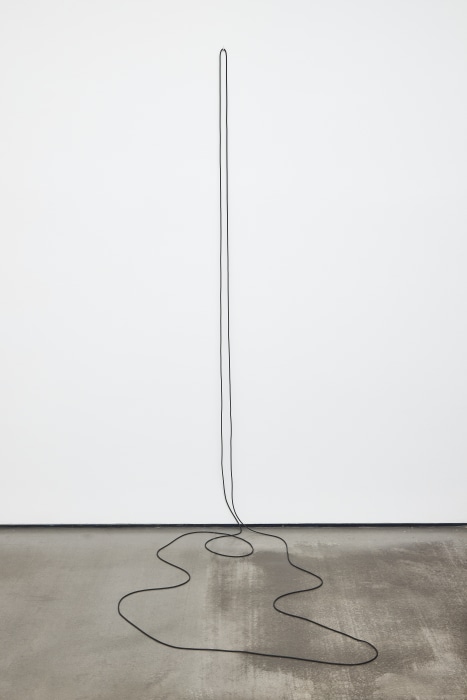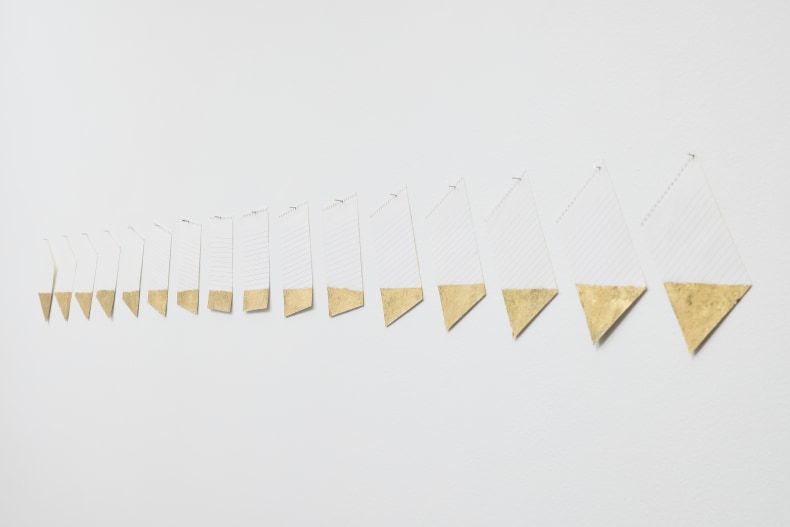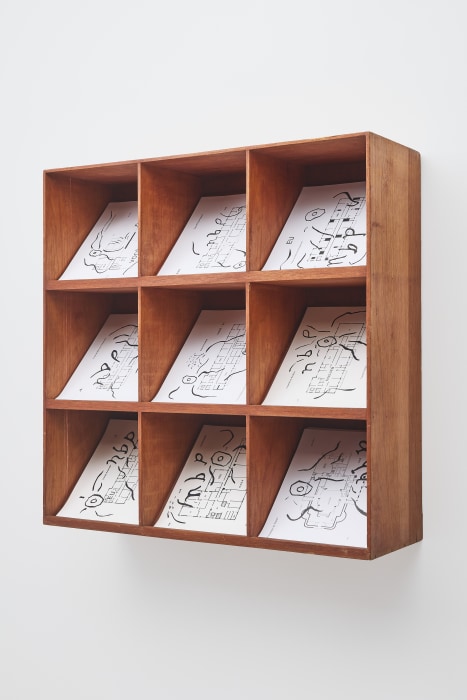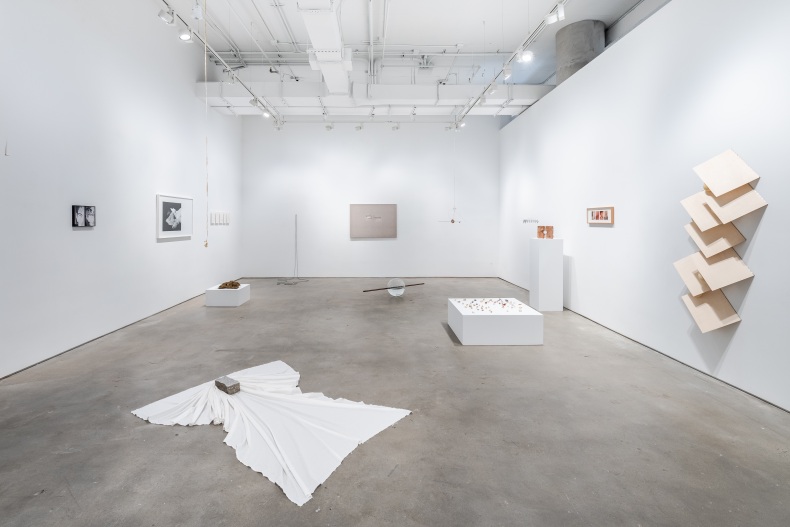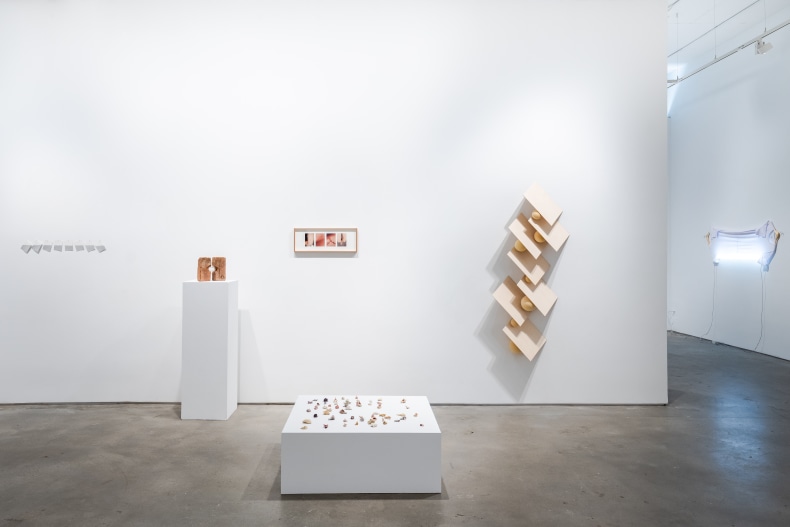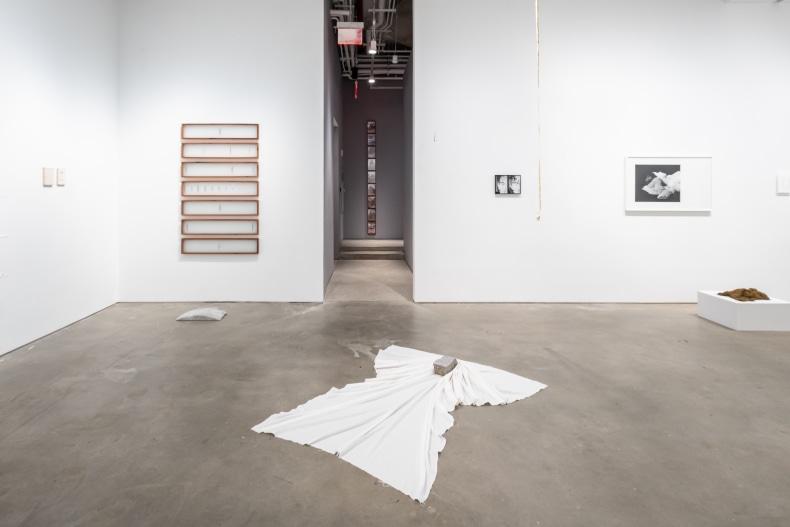Nara Roesler New York is pleased to present The fold in the horizon, a group exhibition curated by artist Marcos Chaves. The show brings together works by artists who began their practices at the end of the 1980s, and the beginning of the 1990s in Rio de Janeiro, and who have played a fundamental role in Brazilian contemporary art. The presentation highlights how this generation’s interests converged, sharing the same aspirations and concerns, and thus creating a space for intellectual and affective exchanges that, despite not resulting in a movement or group, helped consolidate practices that later became representative of Brazilian art of the time. The fold in the horizon opens to the public on June 24, remaining on view through 13 August, 2022.
According to artist and curator of the exhibition, Marcos Chaves, the works are woven together through their relationship to the horizon, a constant element of the landscape of Rio de Janeiro. Rather than a component of the environment, the horizon serves as a metaphor in the exhibition. In Brazil, the 1980s became known for a return to painting under the influence of German neoexpressionism that emerged at the end of the 1970s. However, the artists in this show did not follow the gestural painting trend, instead taking their investigations towards ideas related to materiality, through works that intertwined sculpture, painting, drawing, installation, photography and video, also questioning the lines separating these mediums. In this sense, the artists shared the same aesthetic horizon with similar creative concerns, which developed over time into their respective forms of expression.
Chaves, whose work was notably presented in a retropesctive solo exhibition at the Museu de Arte Moderna do Rio de Janeiro last year, hereby presents a selection of lesser known works by established artists, together with other fundamental figures of the time, highlighting the similarities and differences between their practices.
The exhibition includes artists represented by the gallery such as Brígida Baltar, who has had solo exhibitions at the Museum of Contemporary Art (2002), in Cleveland, OH, USA, and at Firstsite (2006), in Colchester, UK, as well as Raul Mourão who had a solo exhibition at Bronx Museum (2015) and at Nara Roesler (2021), both in NY, USA; alongside Marcos Chaves himself, Ernesto Neto, a leading figure in the fields of sculptural and installation work in Brazil, who has been presented at three editions of the Biennale de Venezia (2017, 2003 and 2001), and Fernanda Gomes, whose works are part of the permanent collections of Tate Modern, in London, UK, and of the Art Institute, in Chicago, IL, USA. The show also includes artists Ricardo Basbaum, Ricardo Becker, Enrica Bernardelli, Carlos Bevilacqua, Roberto Cabot, Rodrigo Cardoso, André Costa, José Damasceno, Fernanda Gomes,Tatiana Grinberg, Carla Guagliardi, João Modé, and Marcia Thompson.
In Chaves’ words, the curatorial exercise brings together “artists that shared ideas, affections, and the same beach. As such, I have chosen these works through my affective memory.” Affection thus serves as yet another layer helping explain the cohesion between these different practices: not only are they formal investigations guided by the same principles, but also the result of exhanged ideas, and shared experiences that fomented artistic productions.
The exhibition is part of the Roesler Curatorial Project, an initiative lead by Luis Pérez-Oramas that asserts the gallery’s ongoing commitment to innovative and experimental projects.
